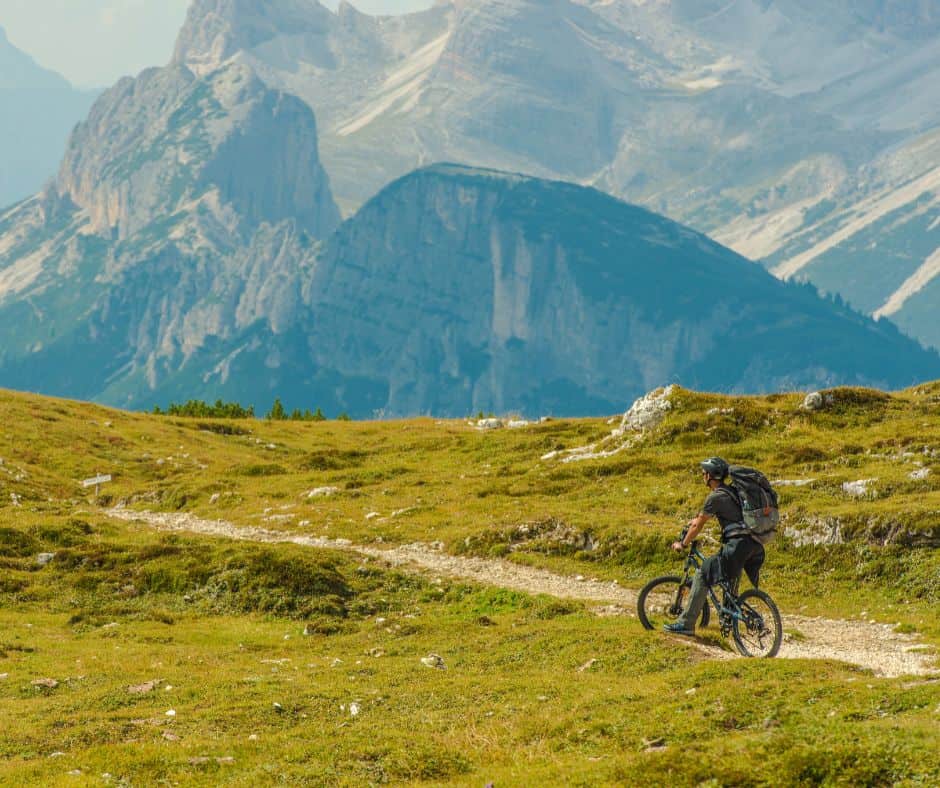This winter season marks a turning point. After a strong start with snowfall reaching the
urban centers, February was by far the warmest in recorded history. Marc Olefs, head of
climate impact research at GeoSphere Austria, said during a Bank Austria Future Talk on the
topic of “Winter Sports in Transition” that this winter will be the norm by the end of the
century if climate protection does not improve.
It’s actually incredible what was possible in many ski areas thanks to technical snowmaking,
despite warm temperatures, rain, and foehn storm, in terms of the range of slopes for much
of the season. But of course, far from a previously “normal winter”, not necessarily in terms
of the number of operating days, but unfortunately all too often their quality.
Two trends have already emerged in recent years:
1. The snow sports offer is increasingly focusing on favorable locations, which of course
are also heavily snowed in.
2. Skiing training is hardly possible at the Austrian glaciers outside the winter half-year.
Given these developments, it does not help us as those interested in snow sports and/or
economically dependent to be gloomy or even to resign. Rather, that pioneering spirit is
needed again that has shaped the rapid success story of skiing since Mathias Zdarsky & Co.
Because climate change in the Alps brings not only serious risks (for example, due to
thawing permafrost, rampant bark beetle or melting glaciers), but also some opportunities:
already now it is the case in many places that the relatively cool mountain summer lets the
tourist pendulum swing back into this season.
The prerequisites for adapting to a gradual decline in opportunities for snow-dependent
winter sports vary from location to location or from organization to organization. But certain
strategic topics can only be tackled together and more or less comprehensively.
Be a proponent of effective climate protection
Snow sports have been heavily criticized for years, are a symbol of misguided development
(“The acceleration of the mountains”), almost the opposite of a resource-saving lifestyle and
economy.
First of all, as an industry, it is important to stand up to our own share of the misery of the
impending climate catastrophe and the loss of biodiversity – even if it is so small on a global
scale: because only through appropriate measures to demonstrably reduce our own
greenhouse gas emissions or land consumption can credibility as a proponent of effective
climate protection be built.
Basically, the prerequisites for this are given in Austria: on the one hand, more than 50
million visits are recorded on 0.45% of the Alpine area for ski slopes in the winter half-year.
This principle of ski areas, high intensity on a relatively small area, is of course unbeatably
good from a nature conservation cost-benefit calculation. On the other hand, many tourist
places are located on railway lines for historical reasons: from St. Anton am Arlberg to
Semmering, it goes from the train to the mountain.
When organizations like the Austrian Alpine Club work on their climate strategy, it is of
course about concepts for avoiding and reducing greenhouse gas emissions in connection
with accommodation and gastronomy (in their own huts) and mountain sports itself – but
above all about mobility. A greenhouse gas balance sheet shows progress on the way to the
targeted climate neutrality in 2033. Every organization dealing with sports and movement in
the Alps probably has to do this homework for itself, although intensive exchange, common
standards and coordinated measures would be extremely helpful.
The mountain experience is a unique experience for many people, encompassing all senses.
The modern ascent aids and stagings on the mountain enable safe, often even barrier-free
access, thus also contact with a special flora and fauna. Mountain landscapes inspire and
fascinate; their change and endangerment are obvious in the case of glacier shrinkage, in
other cases it requires clarification.
Mobilizing our own members, customers or guests for effective climate protection,
advocating for it in our own institutional context (“Carbon Handprint”), seems promising
precisely because of the vividness of the mountain experience, perhaps also an emotional
exceptional situation.
NGOs like Protect Our Winters Austria want to enter into even broader strategic alliances, in
the wake of the Atomic Ski Industry Climate Summit 2023, sports equipment manufacturers
and sports equipment retailers are also networking. The time is here to form sector- and
organization-wide initiatives for effective climate protection in connection with snow sports.
In order to credibly advocate for effective climate protection, the own design possibilities
must be used, especially in the case of mobility: for the still dominant motorized individual
traffic, this can mean parking space management, ridesharing, ridepooling or electrification
– and above all avoidance through attractive public transport and demand-oriented mobility
(“micro-public transport”) at the holiday resort.
More and more organizations are managing their parking spaces. This is – as for example at
the National Park Gesäuse – usually only possible in conjunction with partners, but an
important prerequisite for visitor flow control. We need a cultural norm in the Alps that
costs associated with parking space are transparently charged to end customers in
motorized individual traffic. It must also be completely normal (and not the exception to the
rule) in the mountains to pay for parking.
Author: Markus Redl



